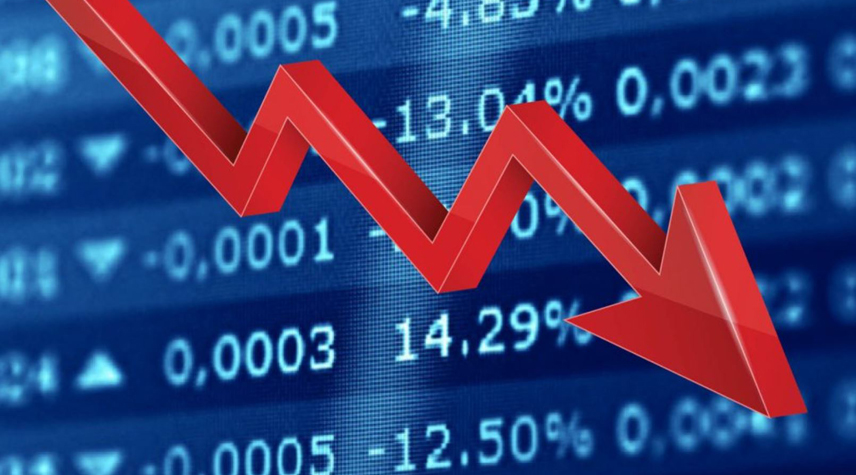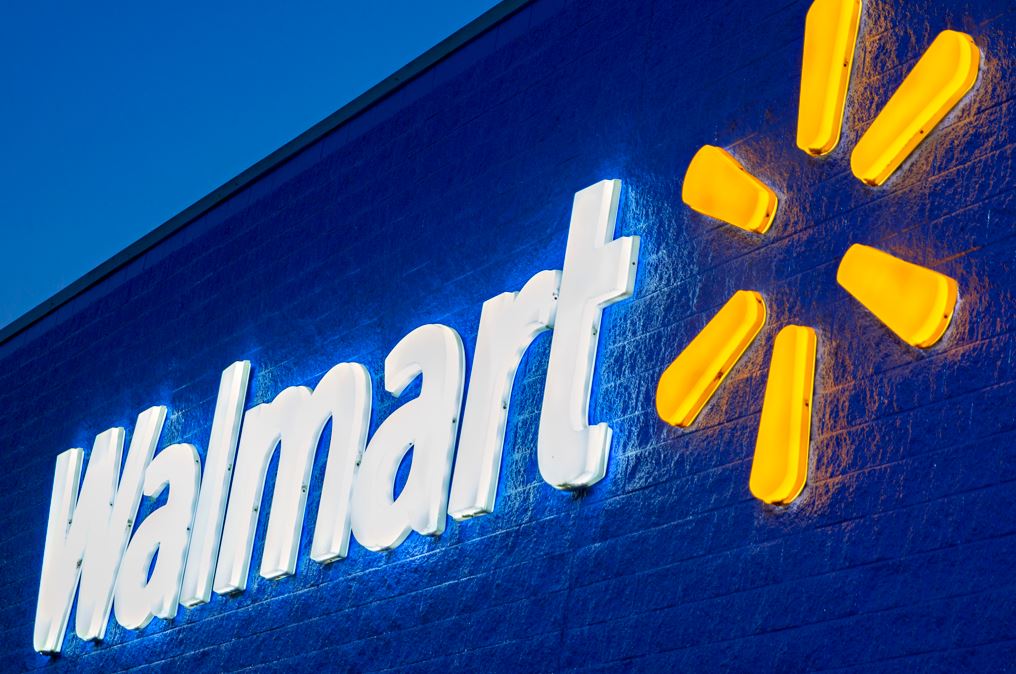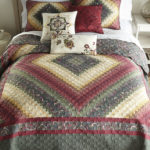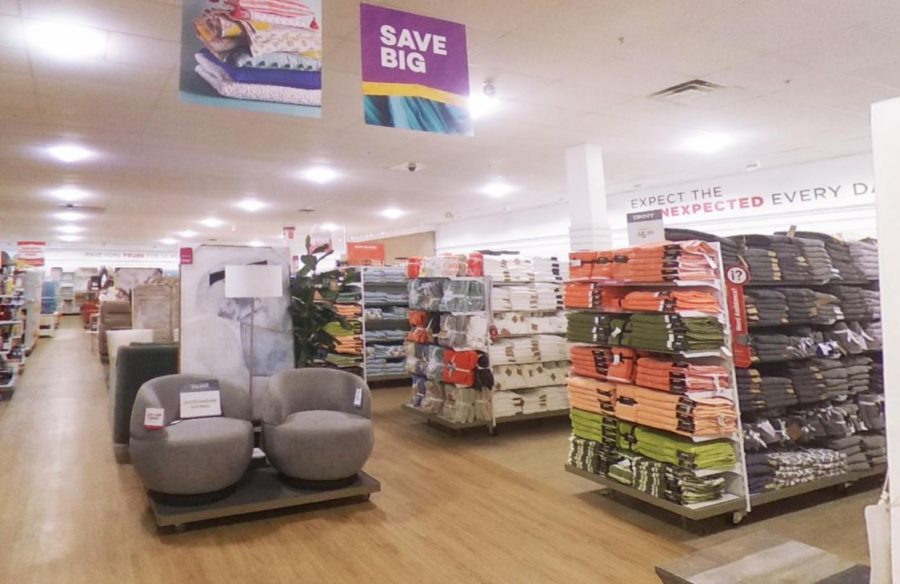
Washington — Despite two consecutive quarters of decline, the informal indicator of a recession, the National Retail Federation’s Chief Economist Jack Kleinhenz said that the U.S. economy still does not appear to be in a recession and remains unlikely to enter one this year.
“Back-to-back contractions have heightened fear of a recession, but while the economy has lost momentum heading into the second half of the year, economic data is not yet consistent with a typical recession,” Kleinhenz said in the August issue of NRF’s Monthly Economic Review.
“Our view is that, while the economy is functioning at a slower pace, it is likely to avoid a recession this year,” he continued. “Despite ongoing uncertainties, we believe the underlying strength of the economy is strong enough to deal with inflation and keep a recession at bay, or short-lived even if we are wrong.”
The Monthly Economic Review noted that gross domestic product declined 1.6% year-over-year in the first quarter and 0.9% in the second quarter. The official declaration of a recession is up to the National Bureau of Economic Research, which has yet to rule on whether the current downturn meets that definition.
Despite the decline, private final sales to domestic purchasers — a key measurement of both consumer and business spending — remained in positive territory for the first half of the year, up 3% in the first quarter and flat in the second, the report said. Employment, retail sales, income and industrial production indicators have seen slower growth, but none have contracted.
Even though economic indicators remain strong, Kleinhenz said, “it is now clear that the world has changed” since the beginning of the year, citing factors that could not be anticipated earlier including the persistence of COVID-19, continuing supply chain challenges, the ongoing war in Ukraine and other issues that have driven the highest inflation rates in 40 years.
The NRF now expects GDP to grow 2% for the year rather than 3.5%. Growth of the Personal Consumption Expenditures Price Index — the Federal Reserve’s favored measure of inflation — is now expected to average 6.2% for 2022, two percentage points higher than assumed earlier.
The NRF has also factored in revised retail sales numbers released by the Census Bureau in April, which increased NRF’s calculation of retail sales for 2021 to $4.61 trillion rather than $4.58 trillion. Even with those adjustments, NRF continues to expect that 2022 retail sales will grow between 6% and 8% over 2021.
See also:
Vicky Jarrett has worked with various furniture industry publications — including Furniture Today, Retail Ideas, Our State magazine and Casual Living — for more than 20 years and rejoined Furniture Today as Managing Editor in 2016.




















